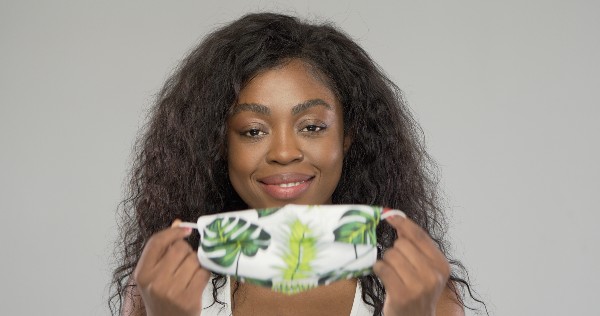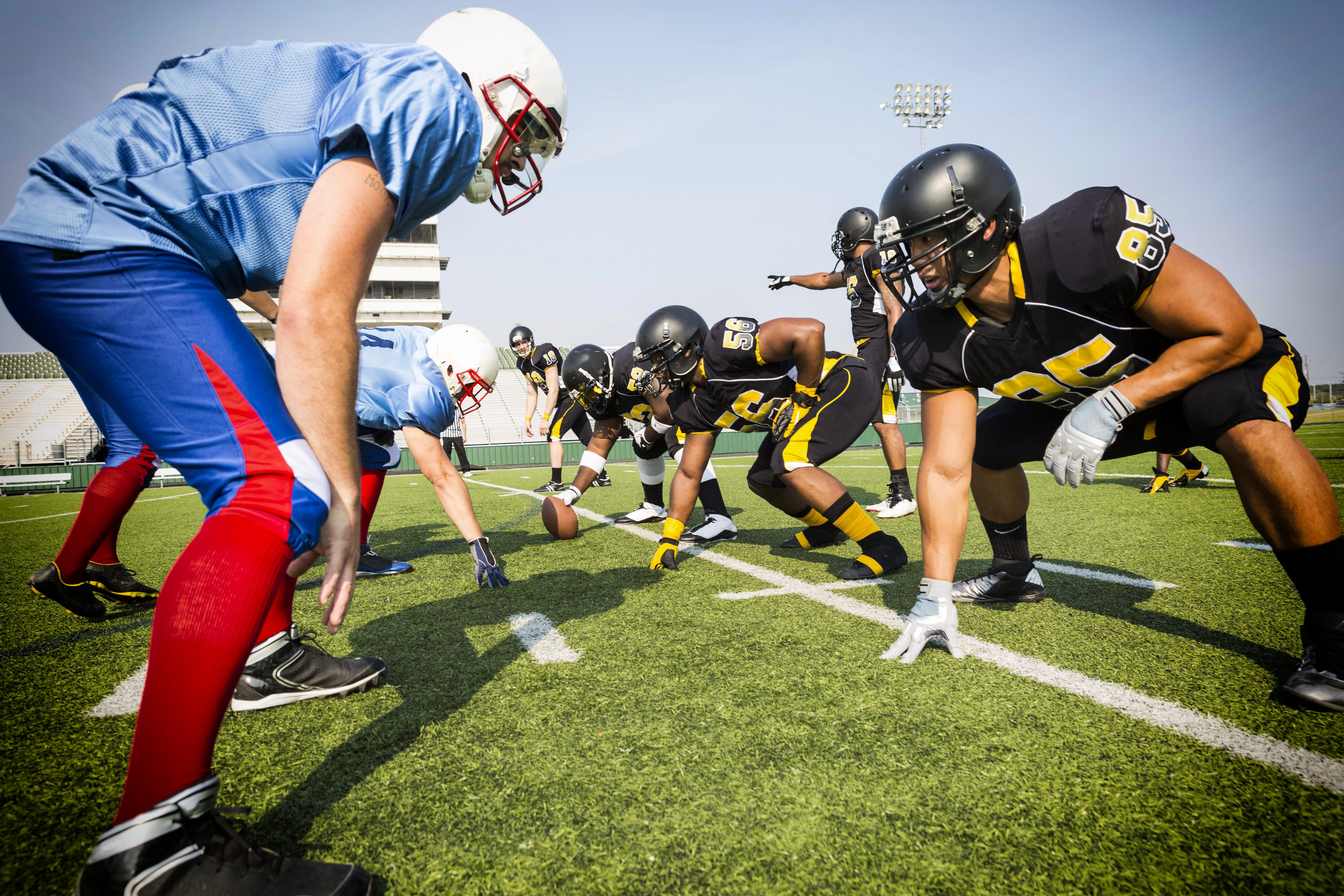Wearing a mask is one of the most effective ways to stop the spread of COVID-19. Earlier this year, experts asked that masks be set aside for health care workers, who were low on supplies. Now, masks are recommended, and available, for all. The increase in facial covering has also increased facial skin irritation and acne. These breakouts are becoming so common, providers and the public are referring to it as “maskne.”
What is “maskne”?
Masks trap heat and humidity caused by breathing. This aggravates natural bacteria and clogs pores, which can lead to acne and other inflammation. Maskne shows up most often on the nasal bridge and cheeks.
“We are doing our part to help stop the spread of COVID-19, but many find this mask affect embarrassing and even painful,” said Family Nurse Practitioner Carla R. Rothmann at Riverside Fishing Bay Family Practice. “Some people are experiencing skin issues now for the first time.”
Even the looser face coverings recommended by the Centers for Disease Control, not only surgical masks or N95 respirators, can cause acne to occur.
How can “maskne” be avoided?
Take these precautions to keep painful breakouts and inflammation away:
Care for your skin regularly
Non-comedogenic skin care products gently cleanse and don’t clog pores. Check the label to see if the product claims to be non-comedogenic. After washing your face with a non-comedogenic cleanser, pat your skin dry instead of rubbing it. Avoid aftershave. Reduce or avoid make-up use altogether.
Change disposable masks
Many people reused disposable masks this past spring, due to a mask shortage. Experts now recommend using a new disposable mask after each use.
“Masks are more accessible now than they were a few months ago,” said Rothmann. “Many retailers are now selling cloth masks, which tend to be less agitating than disposable masks.”
Take a mask break
Exercising causes heavy breathing. If you are exercising and socially distanced, you may consider removing the mask. Use caution. The American Academy of Dermatology also recommends that if you’re wearing a mask a for long period of time, take a mask-break every few hours.
How do I care for “maskne”?
Avoid popping your pimples. This can inflame the affected area. Use products like zinc oxide, petroleum jelly, and a no sting barrier spray on areas that rub. You might find a simple bandage on your pressure points can be helpful. Until your skin has soothed, do not use anti-aging products, peels, or scrubs. Harsh products actually cause inflammation, worsening acne. A gentle moisturizer like CeraVe or Cetaphil that contains ceramides, hyaluronic acid or dimethicone can do double duty to protect and soften. For those with oily or acne prone skin, a gel moisturizer may be best.
How do I choose the right mask for me?
Masks that feel soft on the inside are best for sensitive skin. If you have acne or oily skin, use a mask made of cotton. Avoid fabrics like nylon, polyester and rayon, since they may hold in moisture. Cloth masks can be reused but should be washed frequently with fragrance-free hypoallergenic laundry detergent.
How can I learn more?
If you’re dealing with skin irritation that’s not getting better, talk to your primary care physician or dermatologist. For an appointment, call 757-534-5352 or schedule a visit online.



